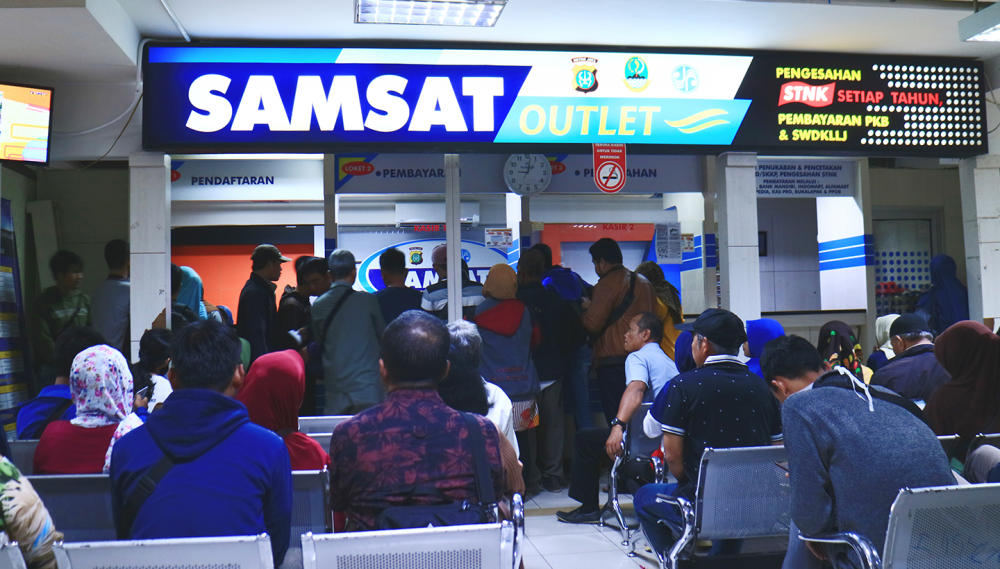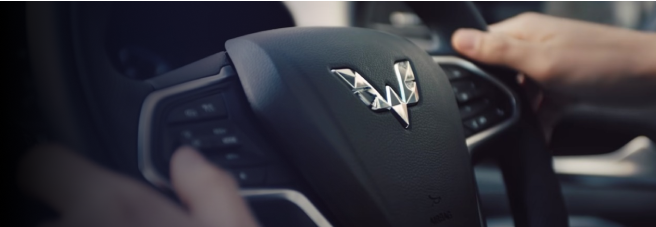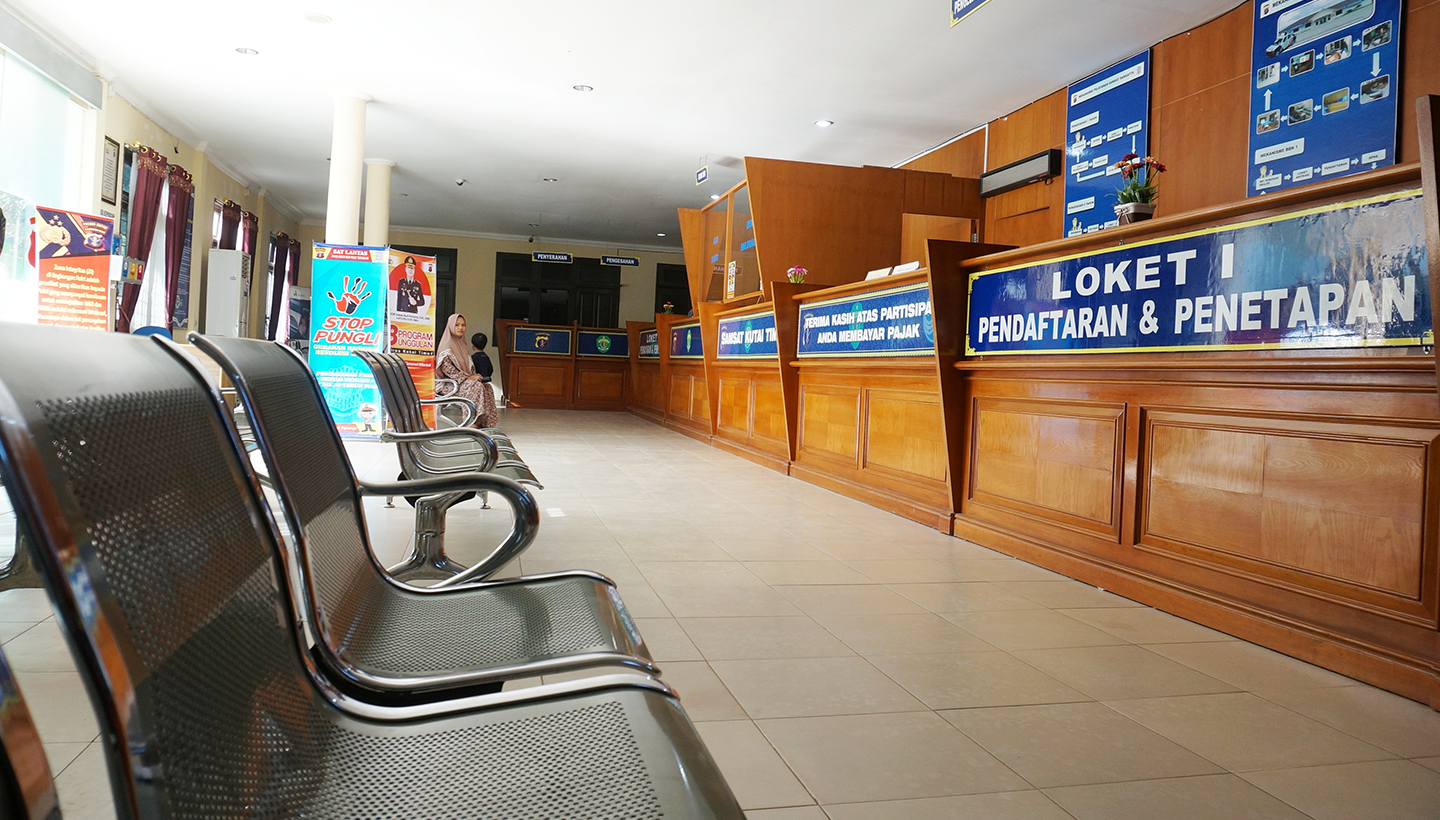
The name Samsat (abbreviation for Sistem Administrasi Manunggal Satu Atap or One-stop Administrative System) must be familiar to car owners as it regulates vehicle taxes that are charged every year. However, there are still many who don’t understand the administration system of Samsat, and perhaps there are still some who perceive that Samsat is a regional apparatus organization or an independent agency.
There are still several organizational elements within Samsat itself. To avoid confusion here are 101 guidelines of everything you need to know about Samsat.
Samsat in Indonesia
Based on Presidential Regulation number 5 of 2015 concerning the Implementation of One-Stop Motorized Vehicle Administration System, Samsat is a One-Stop One-Stop Administration System that organizes the payment of Motor Vehicle Tax (“Pajak Kendaraan Bermotor” or PKB), Transfer of Motor Vehicle Name Fee (“Bea Balik Nama Kendaraan Bermotor” or BBNKB), Registration and Identification of Motor Vehicles (“Registrasi dan Identifikasi Kendaraan bermotor “ or Regident Ranmor) as well as the payment of the Mandatory Contribution of Traffic Accident Fund (“Sumbangan Wajib Dana Kecelakaan Lalu Lintas “ or SWDKLLJ) and Road Transportation in a coordinated and integrated manner in the Joint Samsat Office.
The Samsat Joint Office itself is an organization in charge of providing services to the community which consists of:
Samsat coaches
Samsat coaches consist of coaches at the provincial and the national level. Members of the Provincial Level Trustees are the Governor, the Head of the Regional Police, and the Head of the Business Entity Branch. Meanwhile, the National Level coaches are the Minister of Home Affairs, the Minister of Finance, and the Chief of the Indonesian National Police.
Baca Juga
The main tasks of the Provincial Level Samsat Advisor:
- Supervising the implementation of norms, standards, procedures, and criteria imposed by the Samsat implementers
- Providing suggestions and considerations related to the establishment of service standards to the national level Samsat advisor
- Guiding, training, and providing technical assistance to Samsat Implementers
- Supervising, analyzing, and evaluating the implementation of Samsat services
- Submitting reports on the implementation of Samsat every year or at any time if required to the National Samsat Supervisor.
The national-level Samsat advisor has the following duties:
- Establishing norms, standards, procedures, and criteria in providing services, establishing and developing Samsat, human resources, infrastructure and information systems of Samsat as well as the Samsat payment system through electronic transactions
- Guiding, training, and providing technical assistance to provincial level Samsat coaches
- Supervising, analyzing, and evaluating the implementation of Samsat services
- Submitting reports on the implementation of Samsat every year or at any time if needed to the President.
Samsat Coordinator
The Samsat coordinator consists of technical officers who are responsible in the traffic sector for the Samsat Joint Office which is in the jurisdiction of the Resort Police and the Samsat Joint Office Coordinator for all Regional Police jurisdictions carried out by the Traffic Director of the Regional Police and the Coordinator at each Samsat Joint Office in the jurisdiction of the Resort Police which is carried out by a technical officer who is responsible for the Regident area of the Regional Police Traffic Directorate for the Samsat Joint Office which is in the jurisdiction of the Regional Police.
The coordinator of the joint Samsat office for the jurisdiction of the regional police has the following duties:
- Coordinating plan, control, supervision, and evaluation of Samsat activities in the jurisdiction of the Regional Police
- Facilitating and/or resolving ongoing problems with regards to the implementation of Samsat in the jurisdiction of the Regional Police
- Coordinating and managing information and communication systems between the Joint Samsat Offices
- Receiving reports on the implementation of Samsat services periodically every month from the Joint Samsat Office.
The coordinator at each Joint Samsat Office in the jurisdiction of the Resort Police has the following duties:
- Coordinating plan, control, supervision, and evaluation of activities in the implementation of the Samsat Joint Office duties
- Facilitating and/or resolving ongoing problems with regards to the tasks of the Joint Samsat Office
- Coordinating and managing information and communication systems in the Samsat Joint Office
- Coordinating in managing the layout of the Samsat Joint Office
- Receiving reports periodically every month from the Samsat implementing element
- Evaluating Samsat services
- Reporting the implementation of Samsat services to the Samsat coordinator for all Regional Police jurisdictions.
Implementation of Samsat
Baca Juga
The Joint Office Samsat consists of 3 (three) elements, namely:
- Police.
- Regional financial management work unit that carries out provincial tax collection.
- Business entity.
History of Samsat
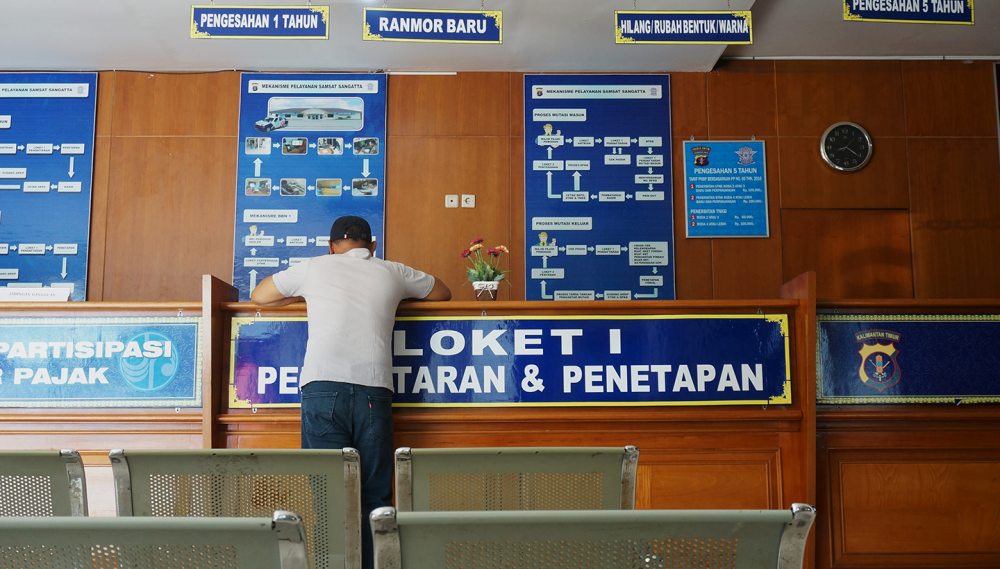
In 1970, the process of renewing the STNK tax (Vehicle Registration Certificate) was quite time consuming, because car owners had to come to the Tax Office to pay tax payments, then to the Jasa Raharja Office for SWDKLLJ and finally had to come to the Police Station to get an STNK.
This long and quite troublesome process gave birth to Samsat in the trials carried out in 1974 - 1976. Seeing the success of the trials that cut through this long process finally put forth INBERS 3 Ministers, Menhankam, Menkeu, and Mendagri No. Pol. KEP / 13 / XII / 1976, No. KEP-1693 / MK / IV / 12/1976, 311 YEAR 1976.
Through the issuance of this decree, SAMSAT which involves the Tax Office, the Raharja Service Office, and the Police Office is officially enforced throughout Indonesia to this day. Even so, each agency is still required to issue its own proof of payment.
Samsat Function
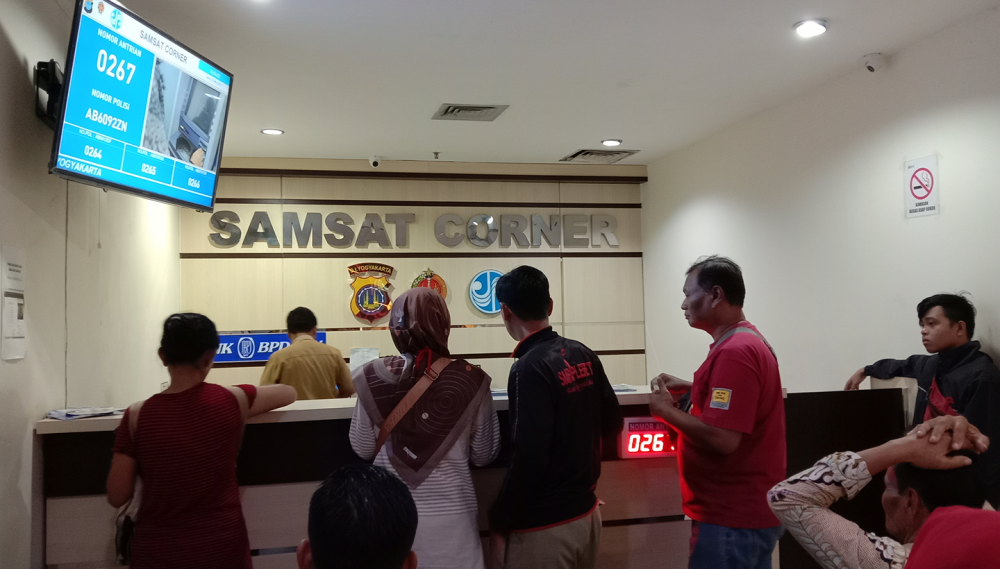
With the development of technology and information, Samsat services have started to develop and are even easier to serve citizens to create, validate, or extend the completeness of motorized vehicle certificates.
Until now, 7 Samsat services can be used with their respective functions. The following is a complete explanation of what Samsat functions are.
- Main Samsat: This service was the first to be launched and it is still around today. The service system is still conventional, where people have to come to Samsat by themselves and enter the counters that have been arranged to complete different steps, such as registration, verification, payment, and submission.
- Samsat Drive THRU: This service is quite easy for the community because the service here is quite fast. You only need to prepare the original BPKB (“Buku Pemilik Kendaraan Bermotor” or Proof of Motor Vehicle Owner), STNK (“Surat Tanda Nomor Kendaraan” or Vehicle Registration Certificate), and original KTP (“Kartu Tanda Pengenal” or ID cards) documents without having to bother making photocopies. However, this service is only available for vehicle registration extensions only.
- Mobile Samsat: As the name implies, this service uses a car to get around from one place to another to pick up the ball or visit people who are located quite far from Samsat. Just like Samsat Drive THRU, people who come only need to bring the original BPKB, STNK, and KTP. However, this service is only available for vehicle registration extensions only.
- Samsat outlets: This Samsat service is located in public places such as malls or shopping centers. However, this service is only available for vehicle registration extensions only.
- Sub-district Samsat: This Samsat is located in a sub-district so that it is easier to reach. However, this service is only limited to the DKI Jakarta area and only available for vehicle registration extensions.
- E-Samsat and Samsat Online: This service is the latest innovation where people don't need to come to the Samsat office and instead, use a smartphone application that can be downloaded. The payment system is using an ATM or E-Banking.
- Samsat Digital: This service is the latest breakthrough from Ditlantas Metro Jaya, where the system is almost the same as the main Samsat but everything is replaced digitally from filling out digital forms to uploading documents.
This method has proven to be very easy for the community in processing their vehicle documents while at Samsat. This takes a very short time and you can choose which one is the most suitable to use.
SHARE:



